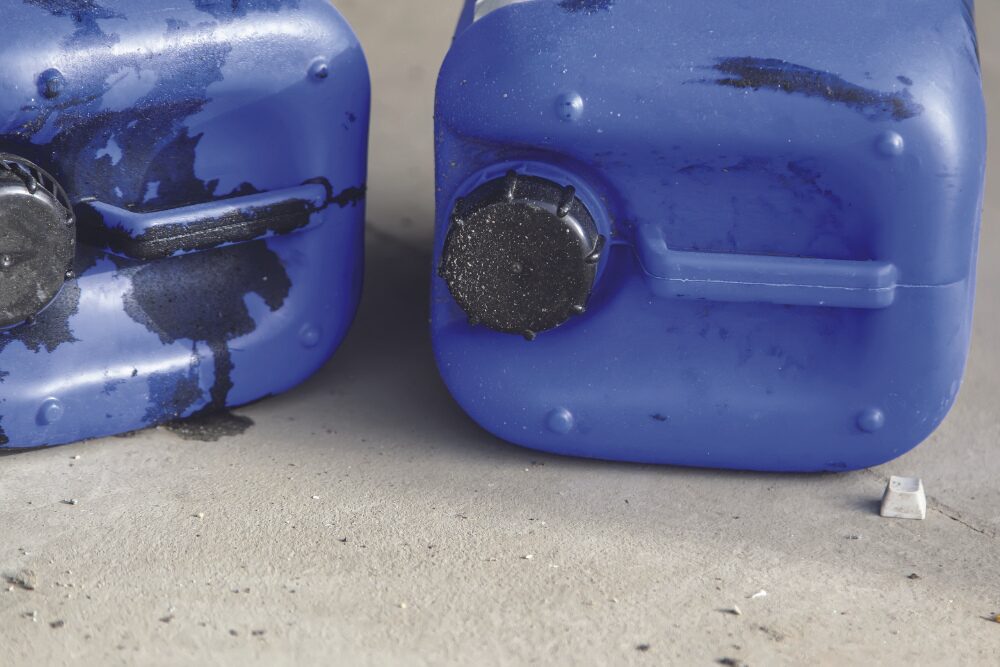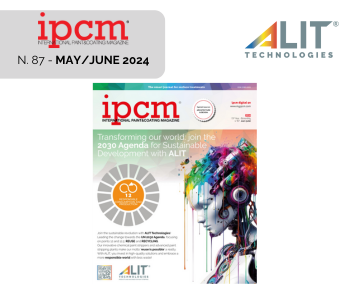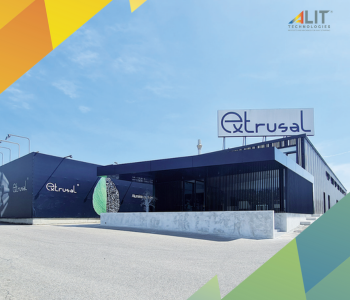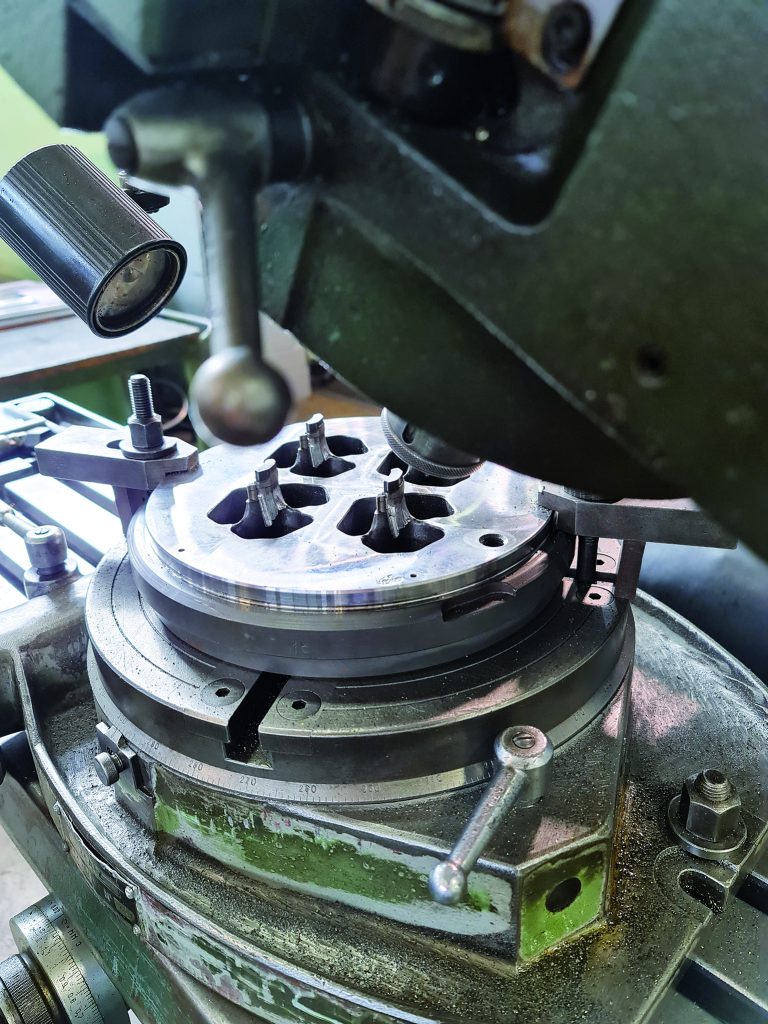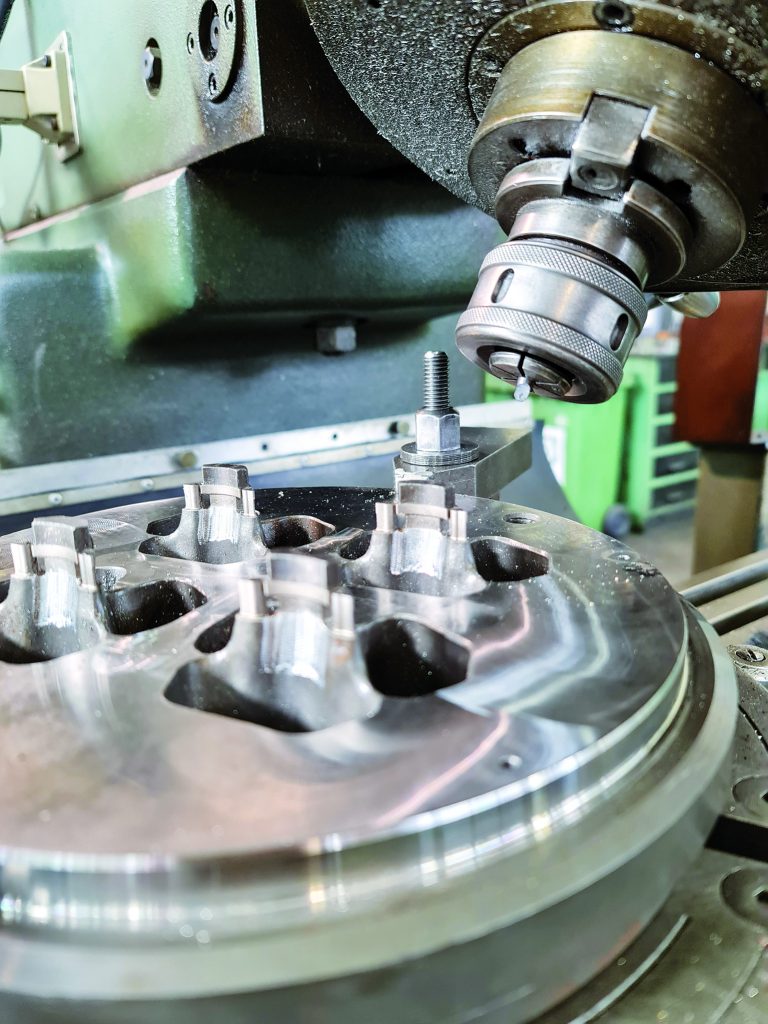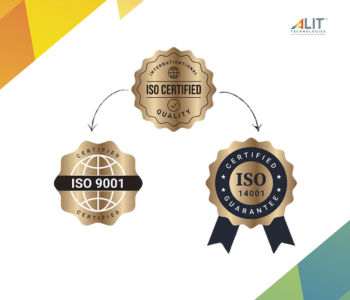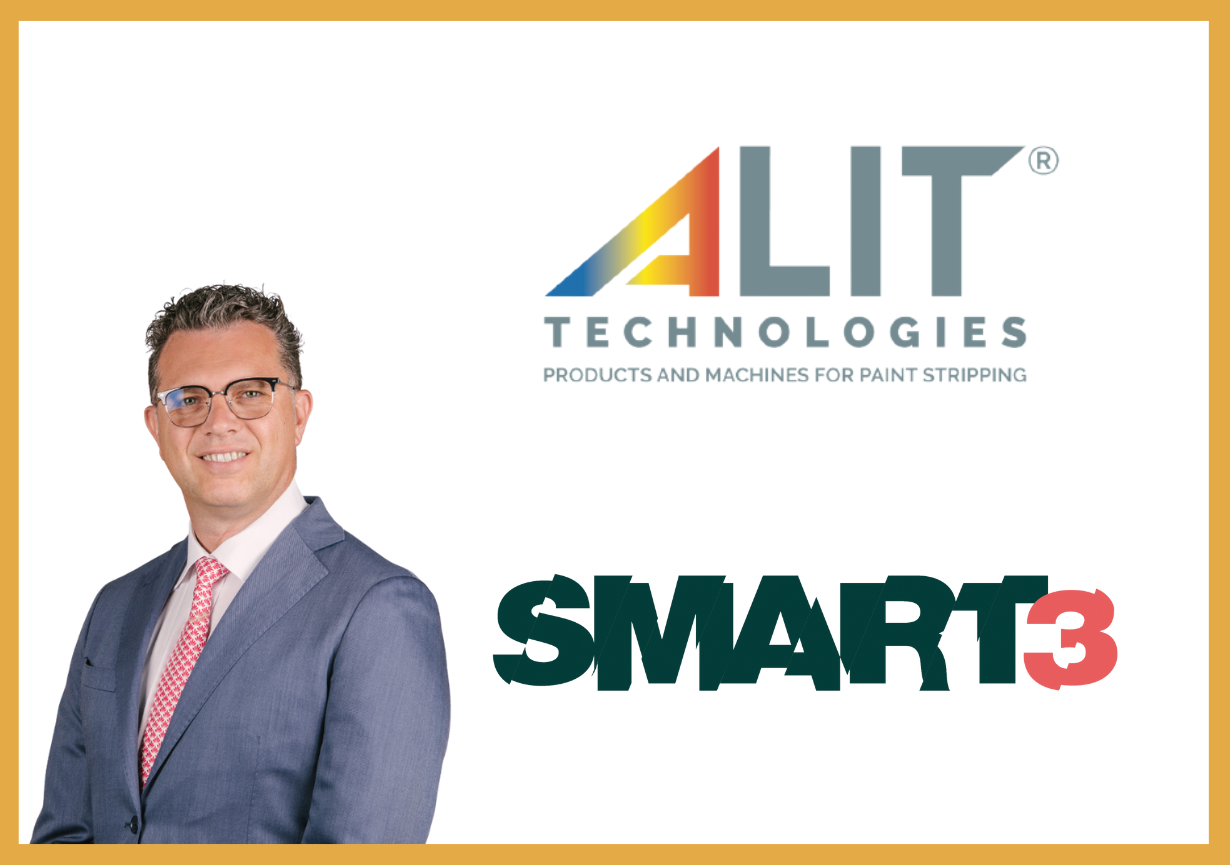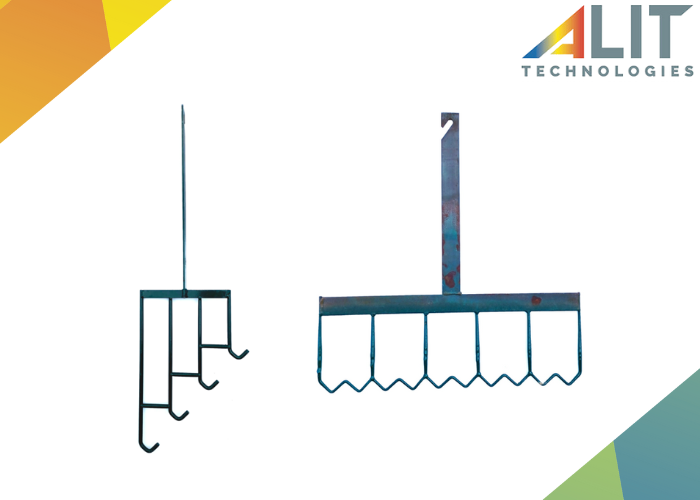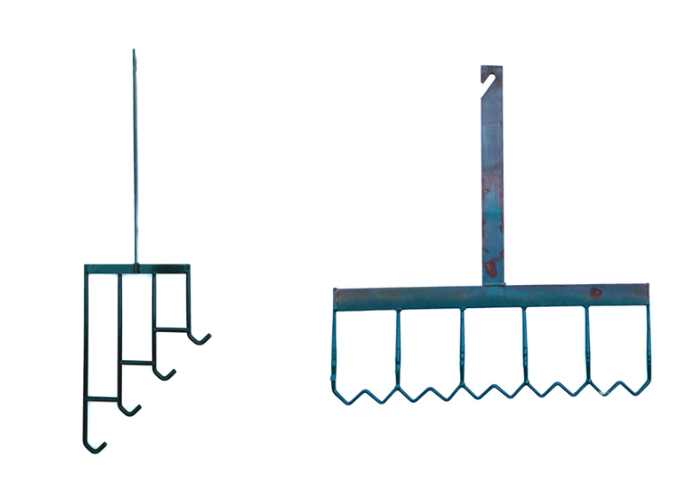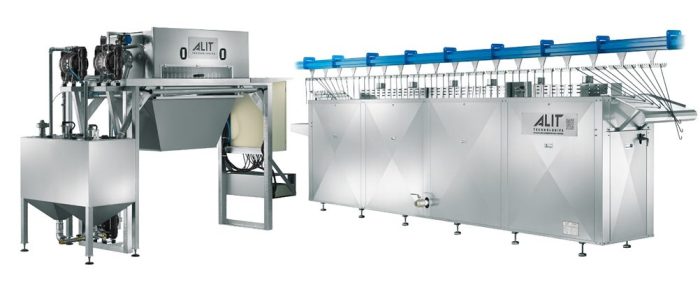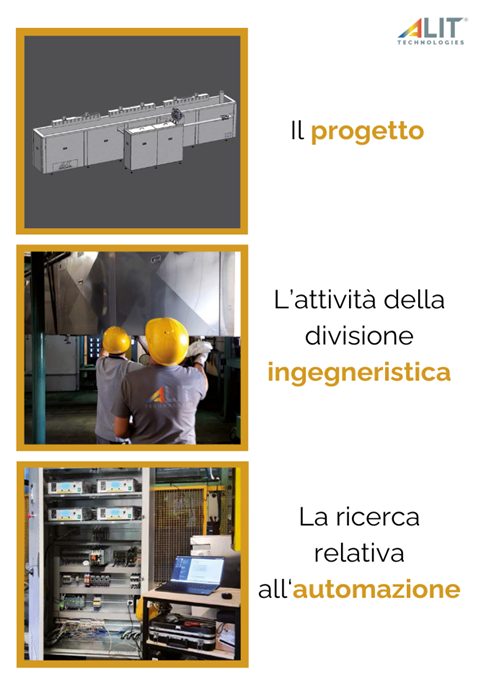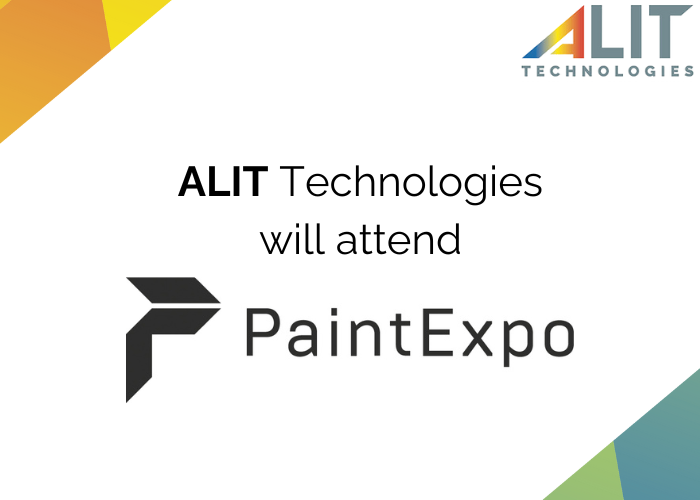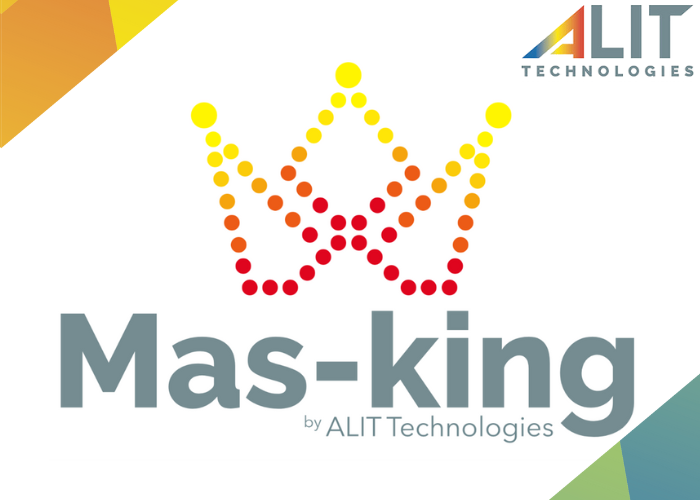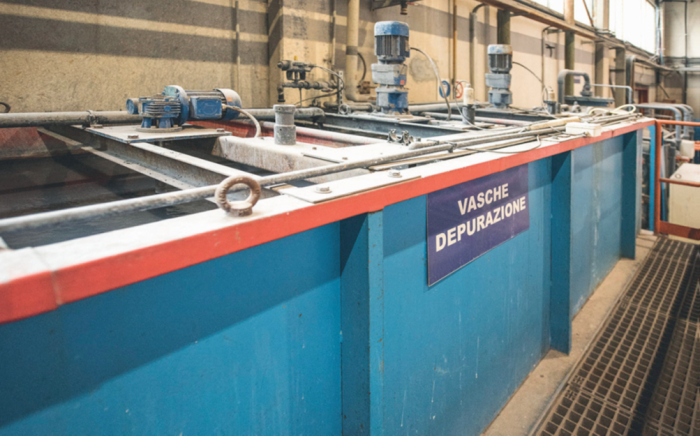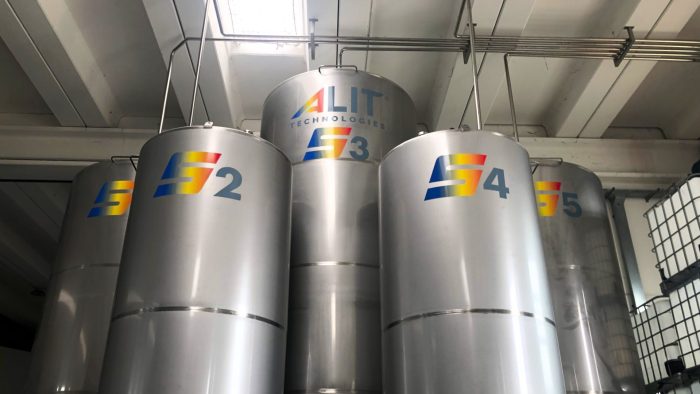Find out how you can manage your industrial waste safely and worry-free
The disposal of industrial waste is an operation that every company should consider thoughtfully, looking for the best solutions to carry it out safely and with the most negligible impact possible on the environment. The ALIT Technologies team met with Alberto Panozzo, the owner of LTA – La Triveneta Ambiente, a company specializing in the disposal and recovery of waste of all types, to discuss every detail of this critical phase in the production cycle.

Why is industrial waste disposal so important?
The industrial waste disposal phase is a complex and delicate process that is simply essential for protecting the environment and human health. The waste generated by industrial activities, often containing toxic, chemical and hazardous substances, calls for specific management and treatment techniques. Companies specializing in this area can play a crucial role by offering advanced solutions for the safe treatment and disposal of waste, using cutting-edge technologies to minimize environmental impact and promoting best practices to recycle and reuse materials. Strict standards and government controls also play a key role in ensuring disposal operations comply with environmental regulations, encouraging the industry to adopt suitable solutions.
At ALIT Technologies, the issue of chemical waste disposal, particularly when it comes to sludge, contaminated water and spent baths, has always received scrupulous attention. That is why we rely on LTA – La Triveneta Ambiente, an expert company in the recycling and waste disposal fields. After collaborating for many years and in light of this issue’s importance in the industrial world, we decided to interview LTA’s owner, Alberto Panozzo, and ask him to illustrate what steps need to be performed and how hazardous waste, including laboratory chemicals, is disposed of.
Waste disposal steps and processes explained by Alberto Panozzo, the owner of LTA – La Triveneta Ambiente
LTA – La Triveneta Ambiente, headquartered in San Bonifacio, Verona, has been dealing with the disposal and recovery of industrial waste and offering consultancy services throughout Italy since 2006. It can handle any type of waste, with a focus on hazardous and difficult-to-dispose waste, such as sludge and acids. This company’s strength lies in its ability to meet even the micro waste collection needs of enterprises that generate small quantities of waste. “Often, companies turn to us to dispose of small amounts of waste, such as a couple of drums of sludge or a small tank. As we also specialize in this service, we can respond readily,” explained Alberto Panozzo, the owner of LTA. LTA’s highly trained staff visit these companies’ premises to affix labels and check the waste to be managed; its drivers who then perform the pickups specialize in micro waste collection and offer precise and dedicated service.
“At the same time, customers also choose us because of our record-keeping service via online software for efficient and fully digital log management. With this system, our customers can easily print out the necessary documents from their computers without having to fill them up manually,” added Panozzo. LTA offers a comprehensive package that includes preparation, inventory monitoring, and management of any new waste type with a variable monthly fee based on the recorded movements. More specifically, this service includes signing the papers, filling up and printing the loading and unloading logs, validating them, paying administrative fees, and delivering the logs to individual production units.
“By relying on us, customers can count on professional and error-free management, constant monitoring, and ongoing support,” said Panozzo. Online management of waste loading and unloading logs is particularly useful for small and large businesses needing to handle special waste. This service does not require the installation of any new computer program: all you need is a PC, an Internet connection and a printer. LTA’s customers can thus save time and avoid errors, with the peace of mind of always having up-to-date records ready for possible audits, as well as Environmental Declaration Forms (MUD) filled up correctly and submitted to the relevant Chamber of Commerce within the legal deadlines.
What are the disposal process’ steps?
LTA’s steps to dispose of industrial waste begin with an inspection at the customer’s site. During this visit, it briefly checks the production process and the raw materials used. Then, waste is sampled and analyzed, a critical step in identifying the right EWC code. The European Waste Codes (EWC) list is a classification system that uniquely identifies different types of waste. The first two digits of the code indicate the sector from which it originated (e.g. 01 for mining, 02 for agriculture, etc.), the next two the subsector (e.g., smoke abatement) and the last two the specific type of waste.
Once the most appropriate EWC code has been identified by analyzing the production process, LTA draws up a business proposal. After this is accepted, it prepares all necessary documents, including the approval form. Before pickup, it also verifies that the containers are suitable for transport, as it is sometimes necessary to repackage the waste to ensure safe handling. Once this verification is completed, LTA makes arrangements for the collection of waste. If its amount is small, it is picked up with that of some other local customers to optimize costs, whereas a dedicated pickup is organized if it requires a full load. All these steps ensure effective and safe waste management under current regulations, guaranteeing that waste is classified, documented and disposed of properly.

How does the disposal process take place in practice?
Industrial waste is disposed of through several steps and with different methods, each specific to the type of waste and its environmental impact. In general, waste is collected from industrial production sites and taken to licensed disposal facilities. Proper classification and separation are crucial in this phase to avoid contamination and ensure appropriate treatment. Before final disposal, waste may undergo a pre-treatment process to reduce its volume or stabilize it, for instance through crushing, compaction, inerting, or chemical neutralization processes.
The actual treatment varies depending on the type of waste and may call for different technologies. Waste is often burned at high temperatures to reduce its volume and destroy hazardous substances; this method, called incineration, can generate energy but requires plants with emission filtering systems to reduce air pollution. Another technique is landfilling: waste with an inert/inorganic matrix is sent for disposal in controlled sites equipped with sealing and leachate collection systems to prevent soil and groundwater contamination. Waste can also be treated with chemical agents to neutralize hazardous substances or with biological processes that use microorganisms to degrade organic contaminants. In addition, many industrial materials, such as metals, plastics and paper, can be recycled or recovered for new uses, thus reducing the amount of waste to be disposed of and saving natural resources. Finally, some types of waste, particularly radioactive ones, require safe temporary storage until final disposal solutions can be adopted.
Disposal facilities must be constantly monitored to ensure there are no leaks or environmental contamination: emission controls are carried out in the air, water and soil, and compliance with current environmental regulations is verified. Companies specializing in waste disposal do implement advanced technologies to ensure that this process takes place safely and efficiently, minimizing environmental impact and complying with relevant laws and regulations.

What about liquid disposal? How is this done?
The waste produced by ALIT Technologies and its customers primarily consists of liquids, namely sludge, contaminated water and spent baths. That is why we were glad to take a closer look at how these are disposed of. Liquid waste disposal occurs mainly in two ways: purification through chemical-physical plants and thermal destruction.
Liquids that contain metals, other difficult-to-dispose inorganic compounds such as ammonia, or high levels of COD (Chemical Oxygen Demand) are treated in purification plants. These systems use chemical and physical processes to remove harmful substances and make water safer for the environment. However, there are situations where the liquids contain solvents or other substances that cannot be effectively treated through purification. In these cases, liquid waste is sent for thermal destruction, which subjects it to high temperatures in incinerators specifically designed to handle both liquid and solid waste. Thermal destruction is a more expensive solution than chemical-physical purification, but it is necessary to treat materials that are particularly difficult to dispose of – and it is, in any case, a guarantee of maximum waste reduction. It also ensures very high energy recovery rates, which companies are increasingly demanding. “In the specific case of ALIT Technologies, for example, a type of liquid waste such as spent paint strippers, which cannot be purified due to their chemical composition, is destined for thermal destruction. That ensures hazardous substances are completely eliminated,” indicated Alberto Panozzo.
Why rely on a specialized company for industrial waste disposal?
Relying on an industrial waste disposal expert offers many advantages, especially for small/medium-sized companies that do not have an in-house HSE manager. Industrial waste requires precise management in compliance with current regulations, and DIY can lead to costly and dangerous mistakes. Regulations are complex, and the risk of incurring penalties for incorrect waste management is high. A company like LTA can offer comprehensive technical assistance, from waste classification to preparing the necessary documentation for transport and disposal, ensuring that each step is performed correctly and in accordance with the law. For companies that choose to manage waste in-house, the main problem is often the lack of specific skills and dedicated staff. And, even when they have the technical expertise to handle a part of the process, they are not authorized to transport waste, so they still have to turn to a specialized company at some point. Finally, training and retaining in-house staff responsible for waste management entails high costs and using resources that could be better deployed.
In brief: rely on LTA to safely dispose of your chemical waste!
A well-functioning production cycle needs all its stages to receive the attention they deserve, which is why activating cooperation networks that include companies involved in different supply chain steps is essential: only together can we do more and better!
Therefore, we would like to thank Alberto Panozzo for accurately illustrating all the details of this part of the industrial journey: waste disposal. By relying on LTA, you too can be sure that managing your chemical waste will no longer be a problem or a source of worry.
Contact us to learn all about our chemical paint strippers and to understand how to dispose of them: it’s easier than you think!


